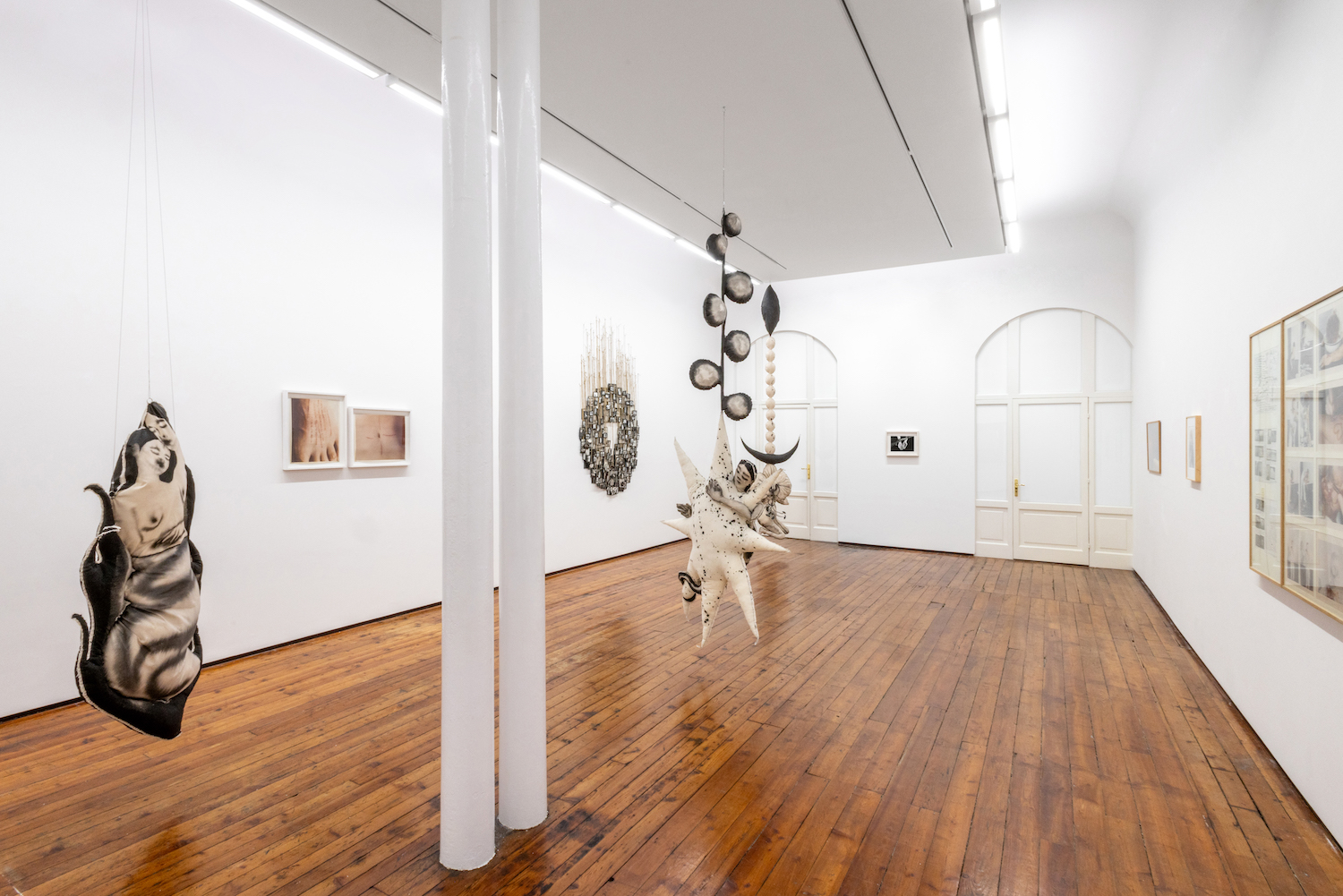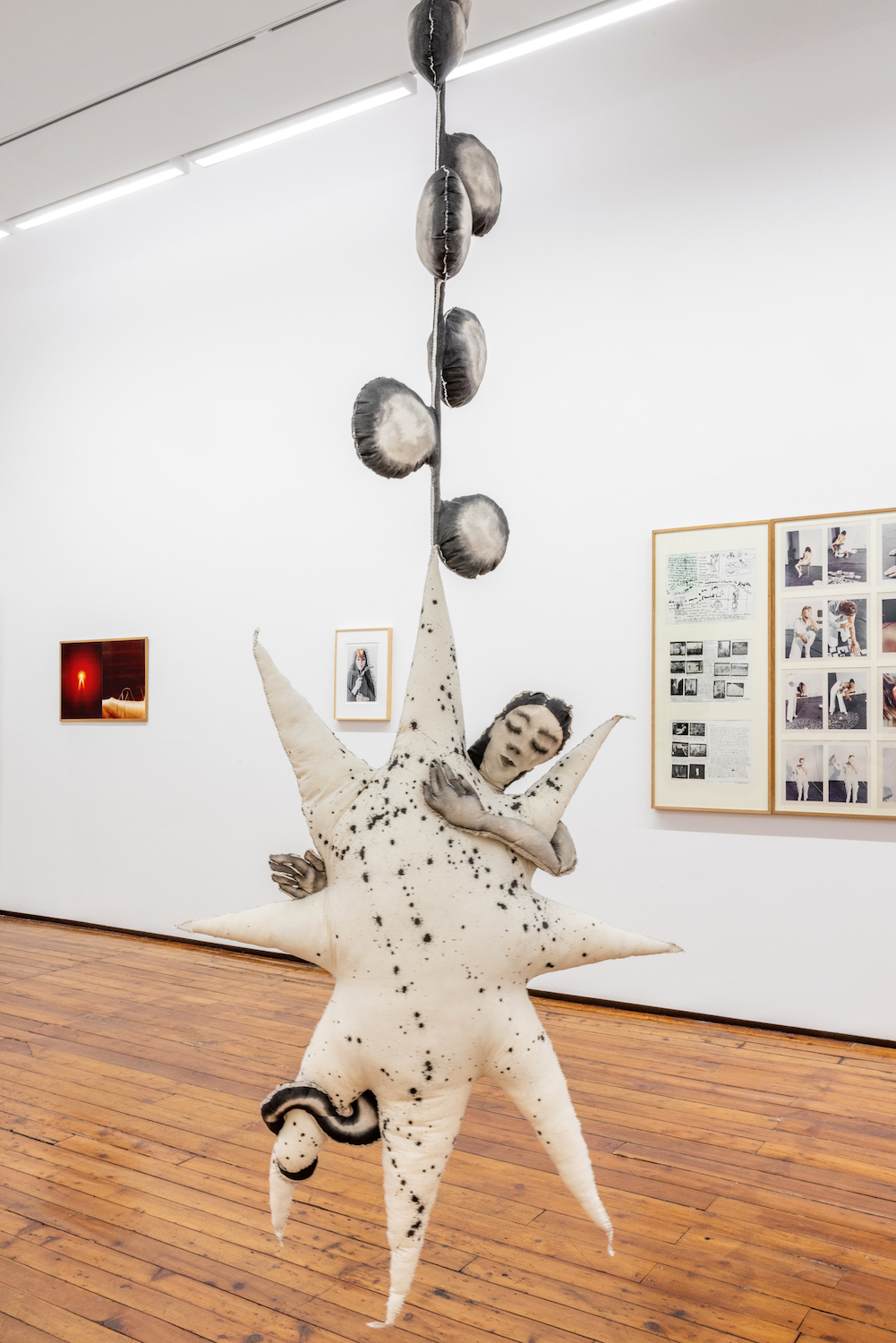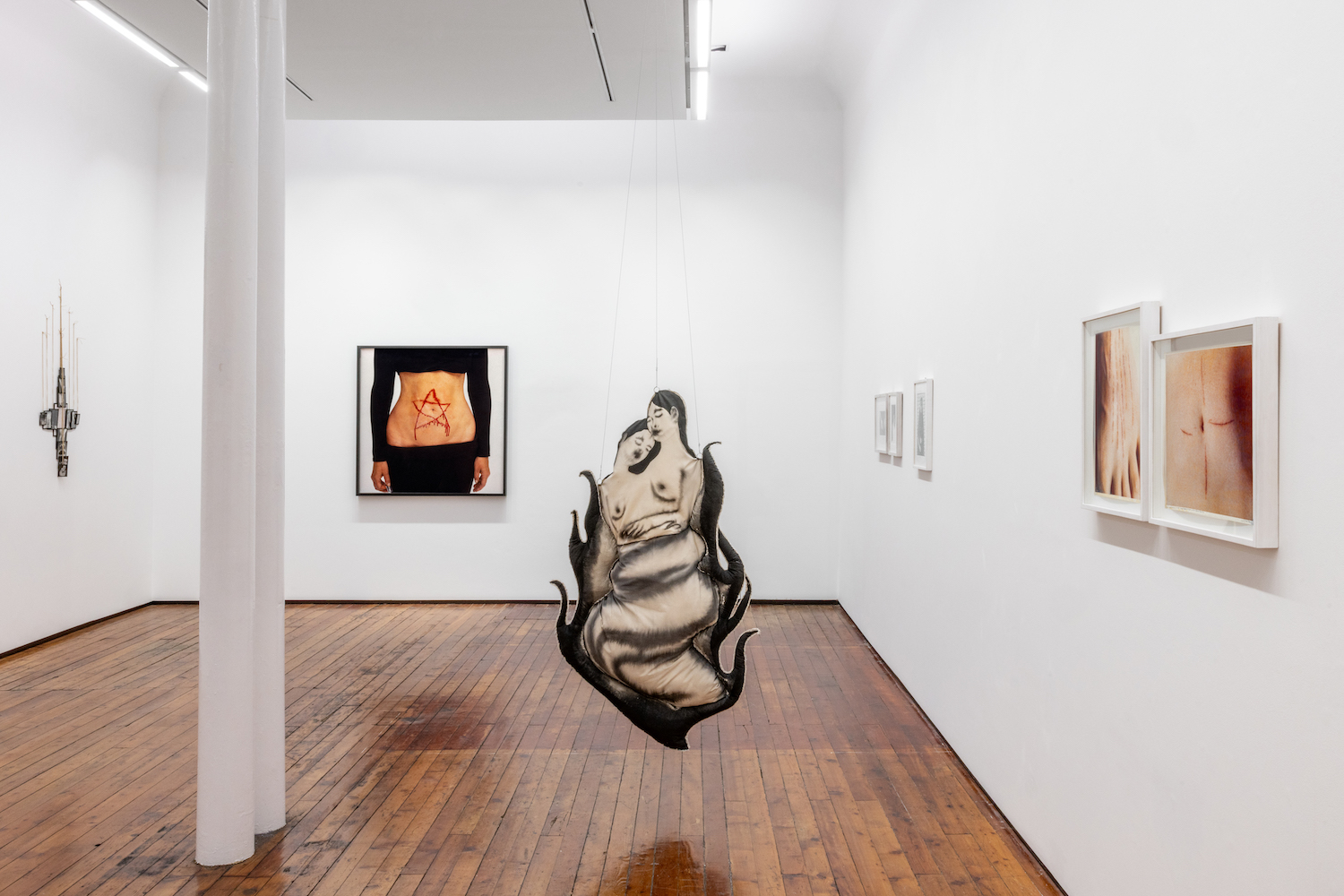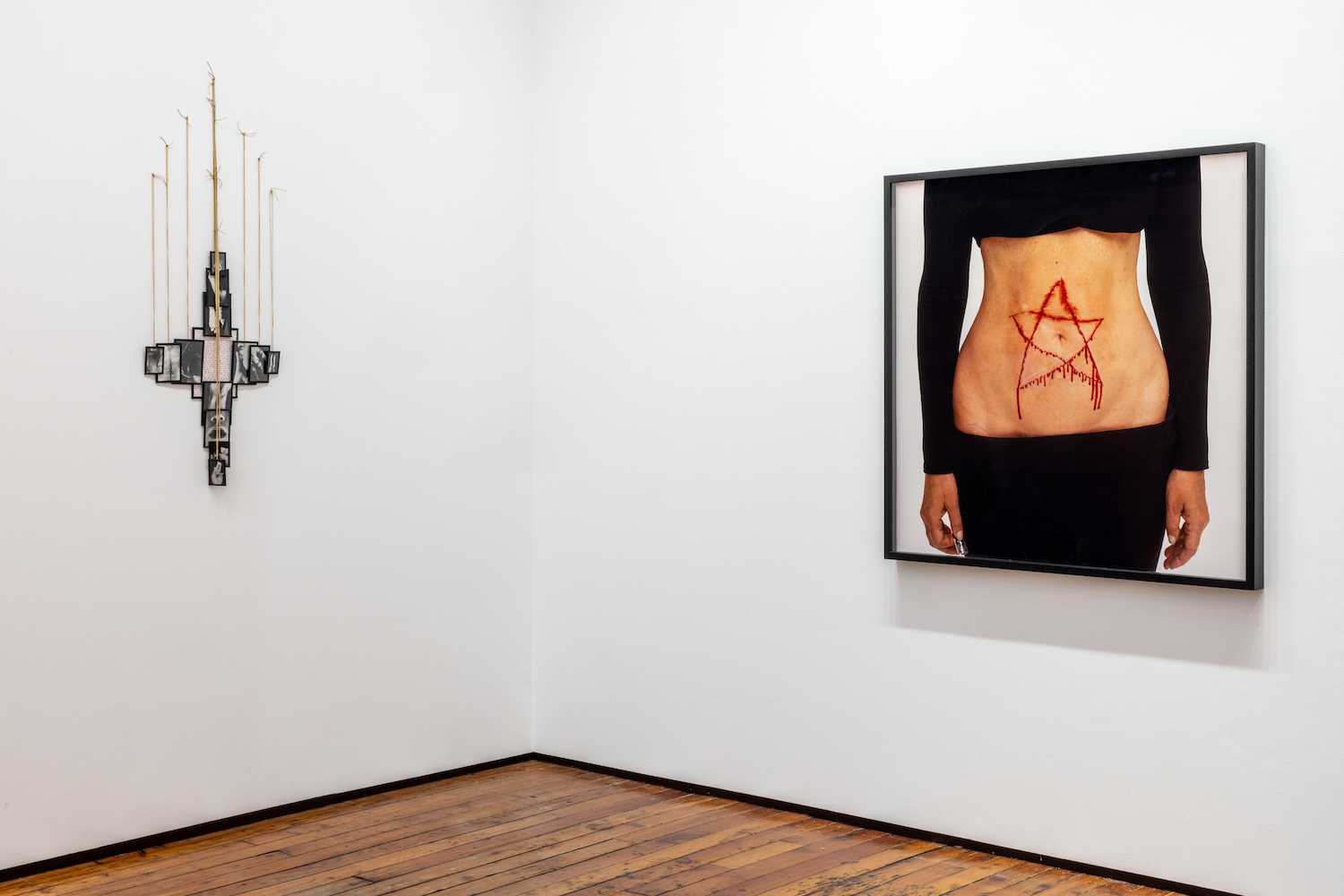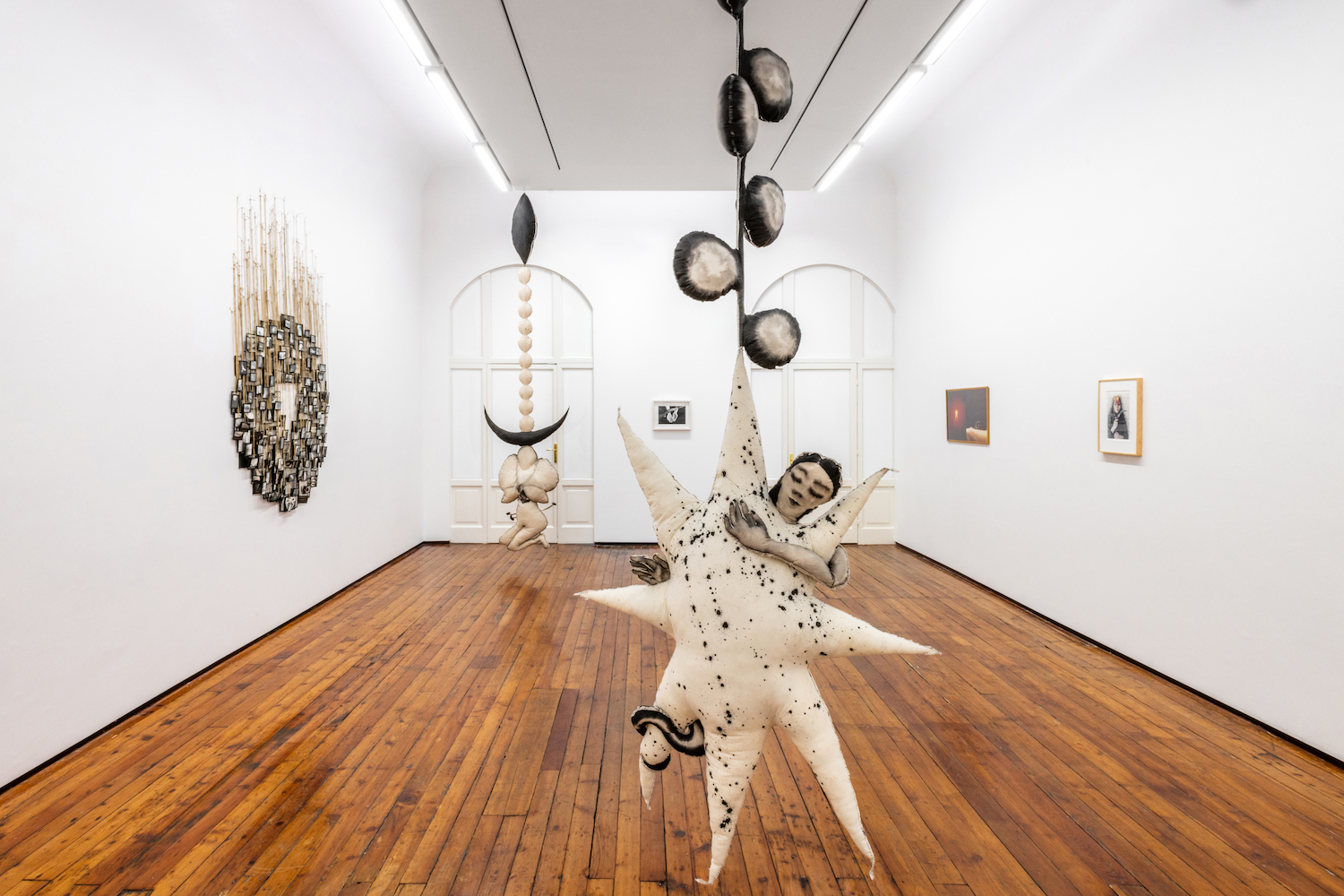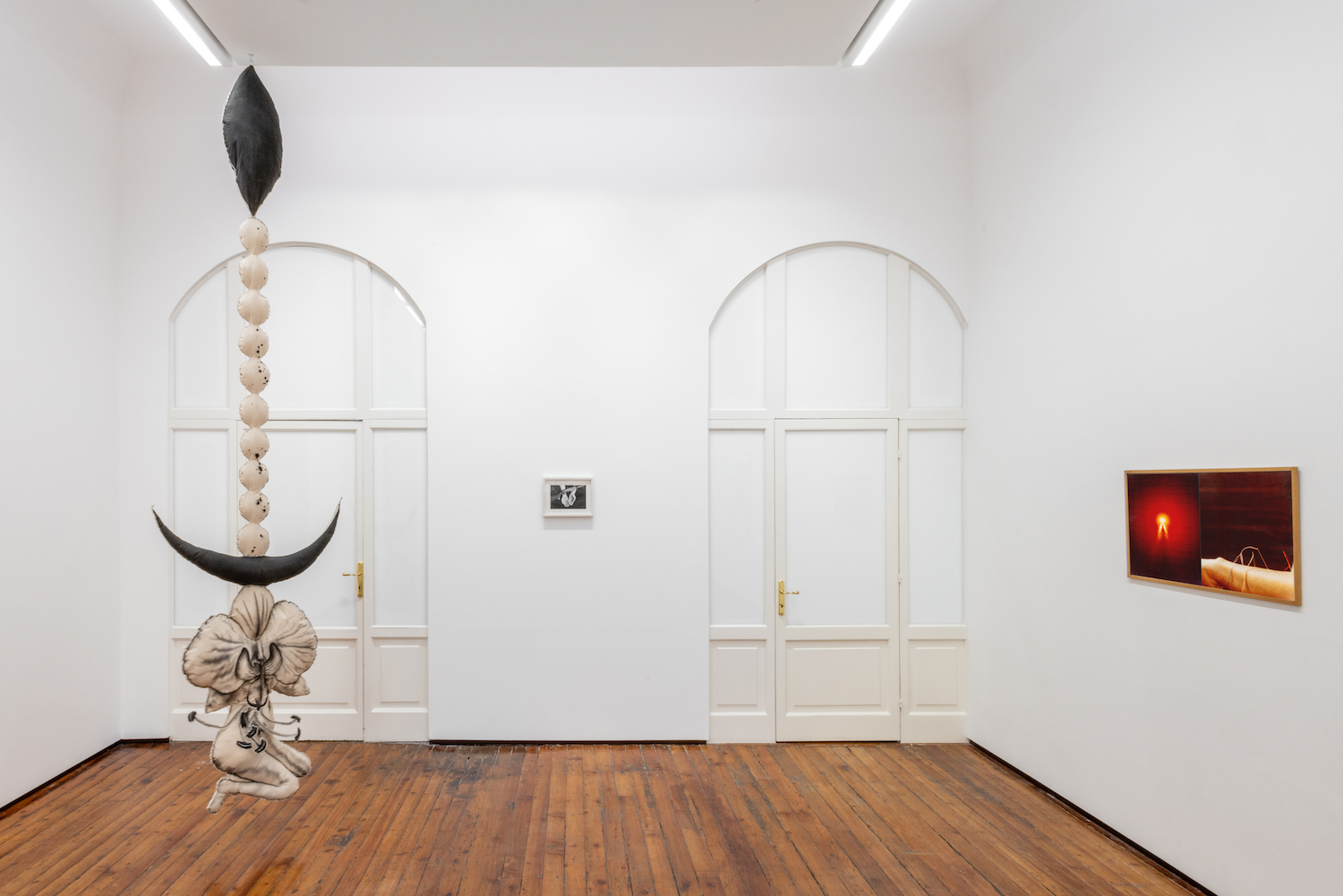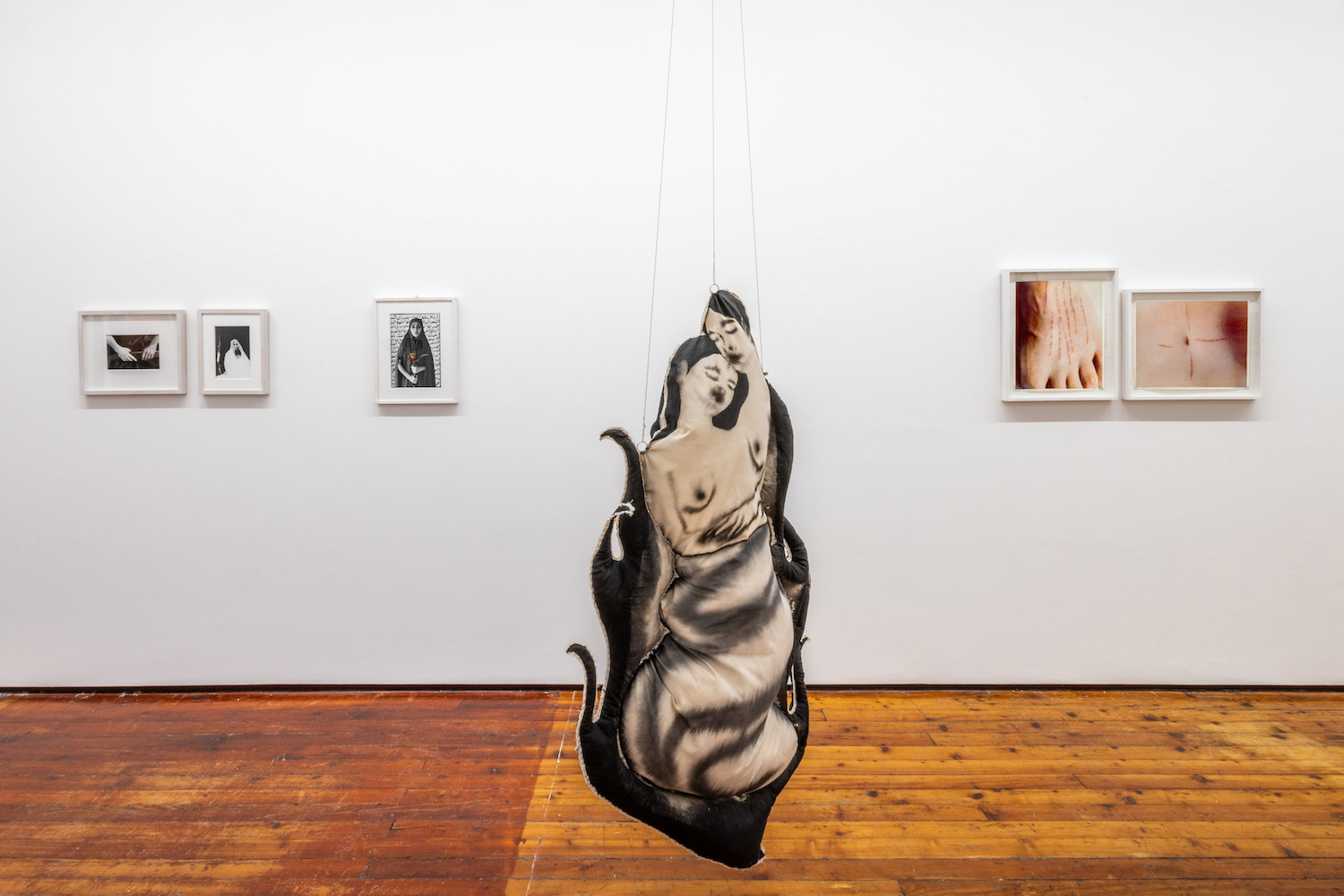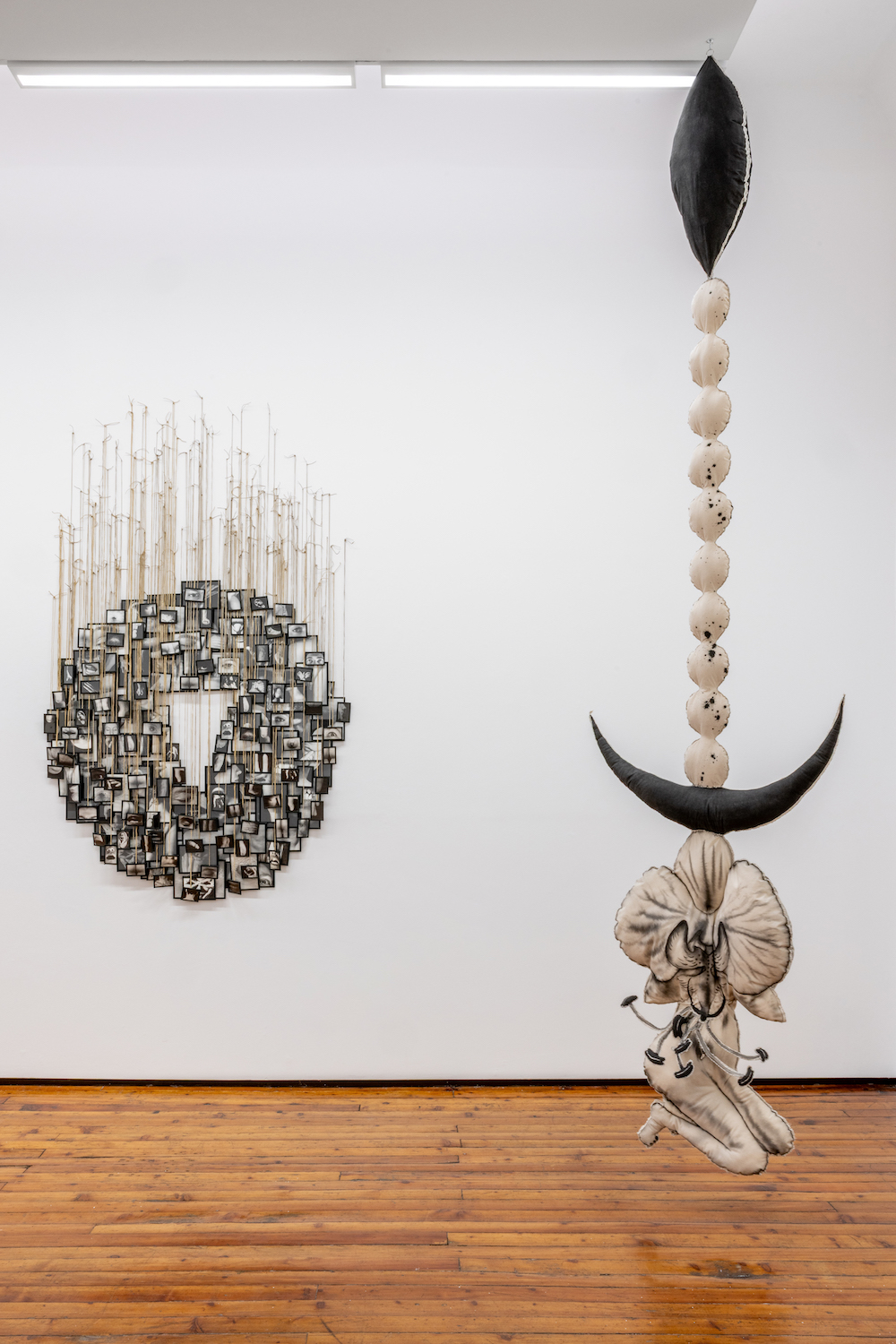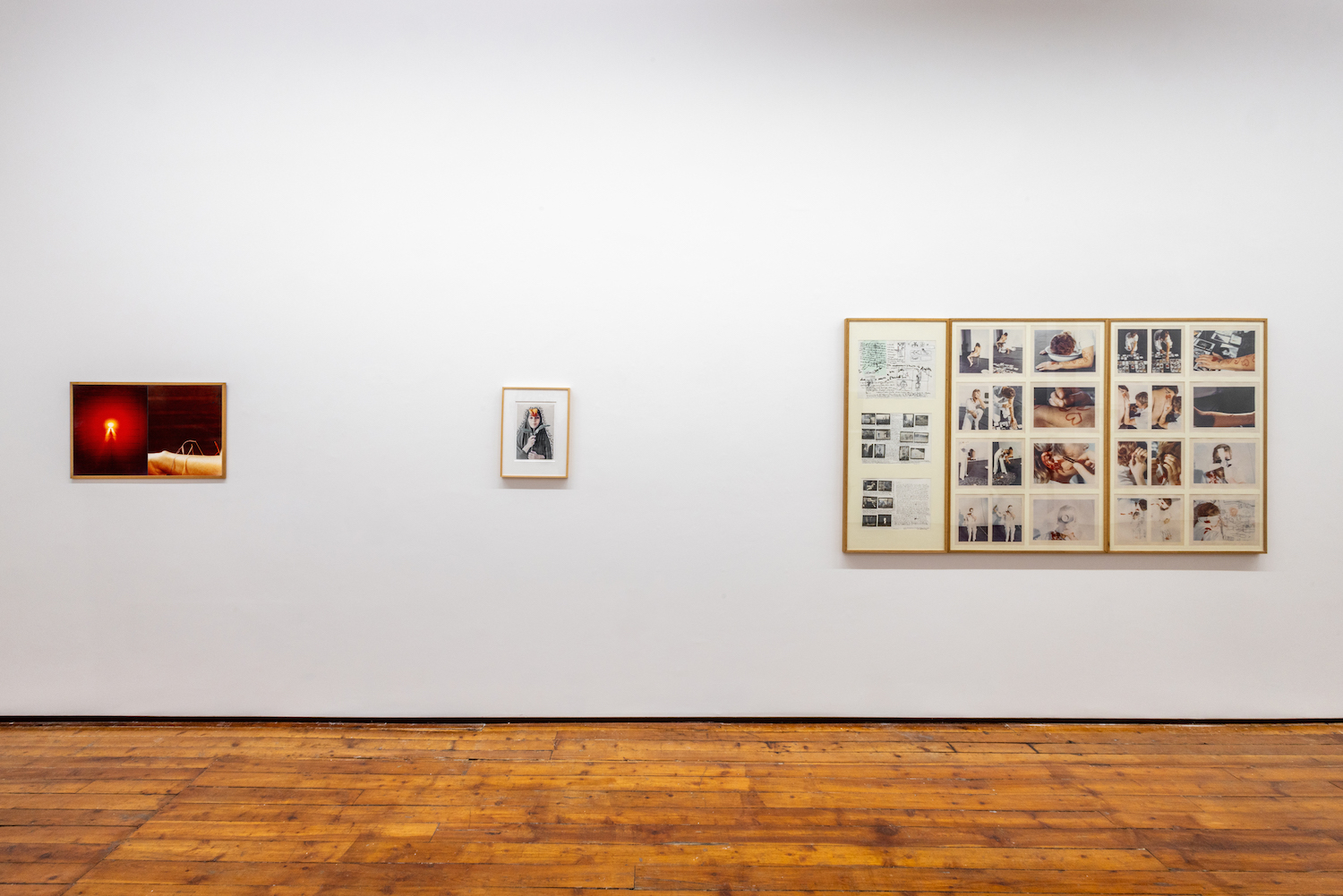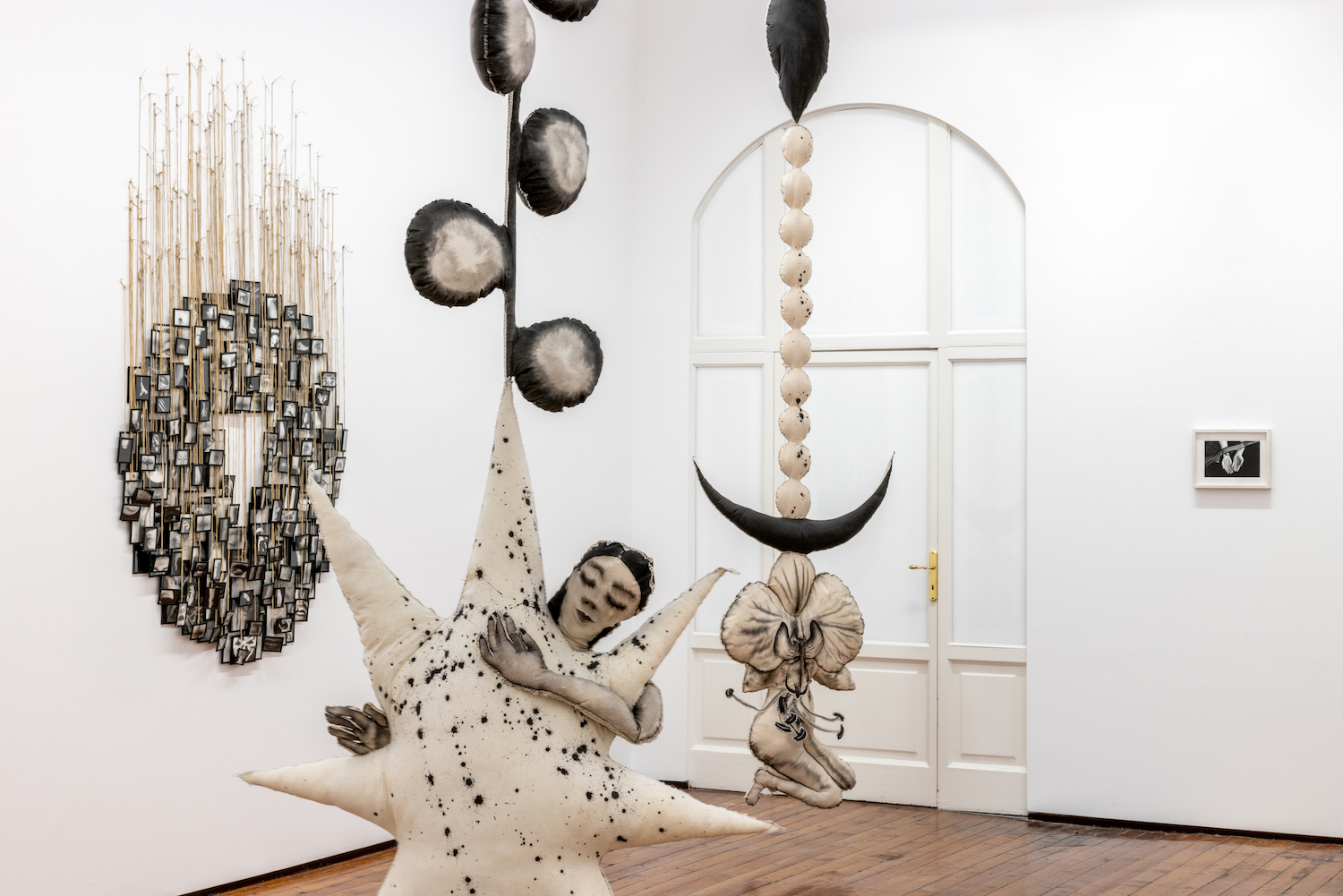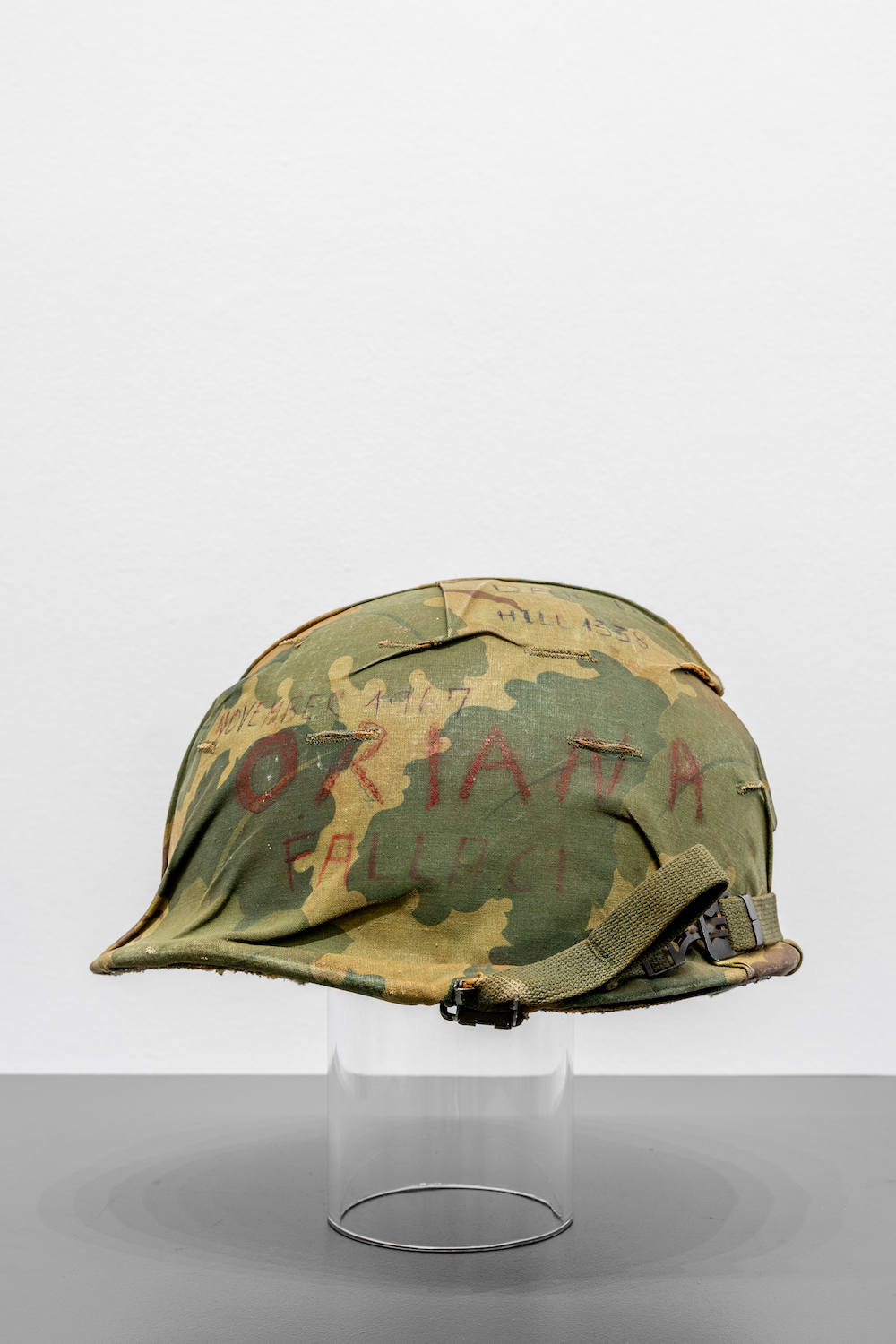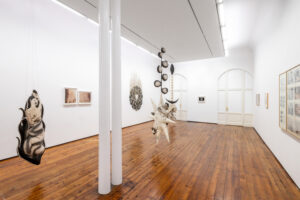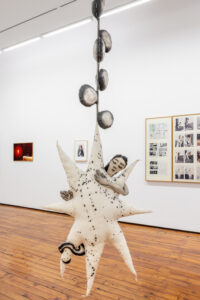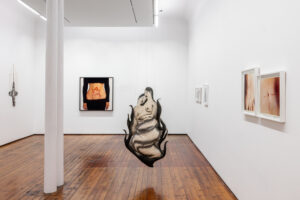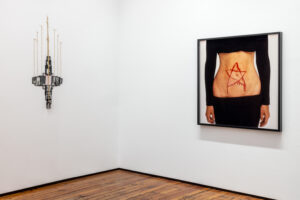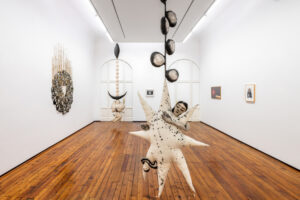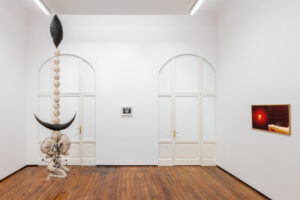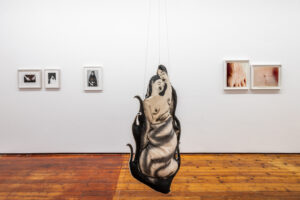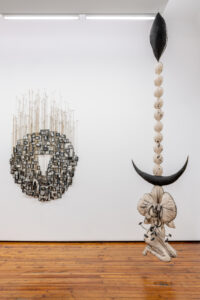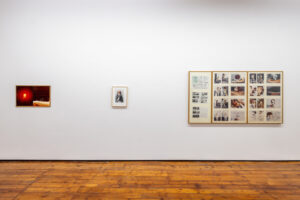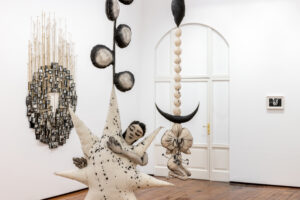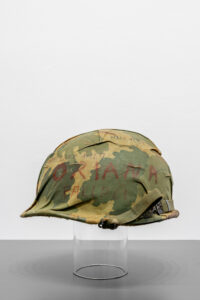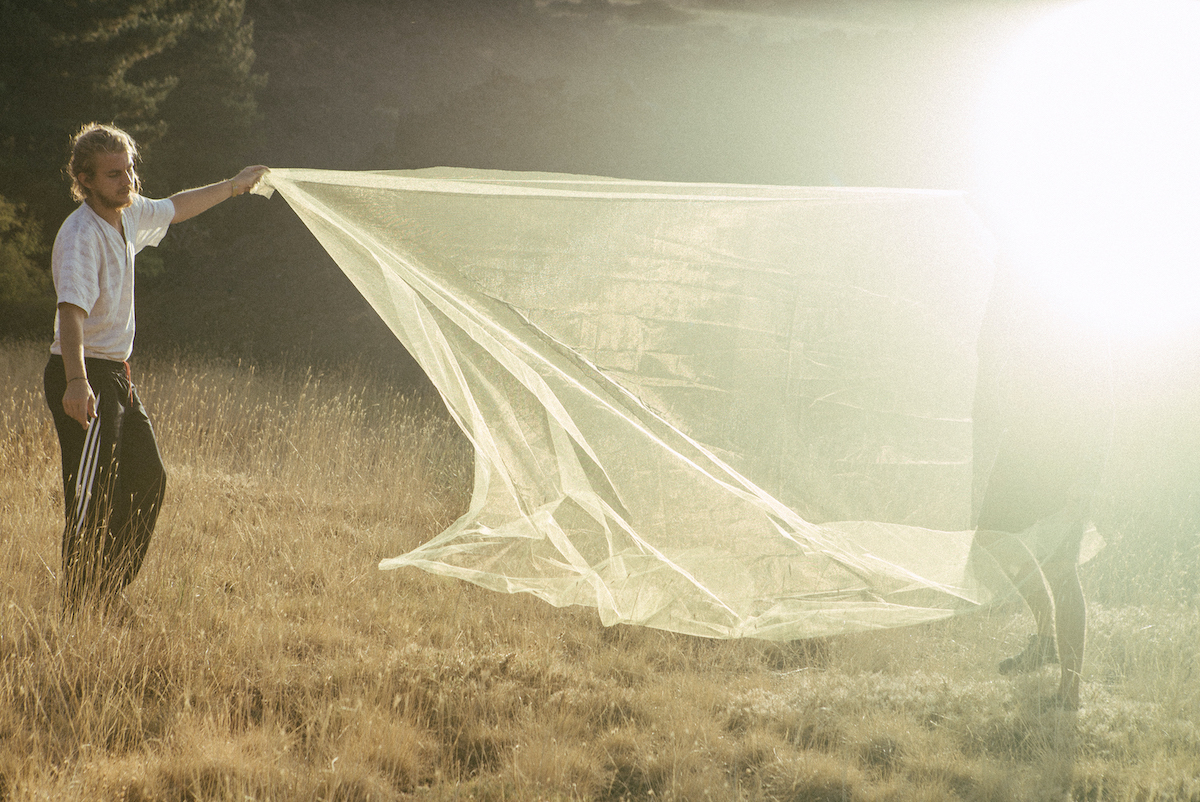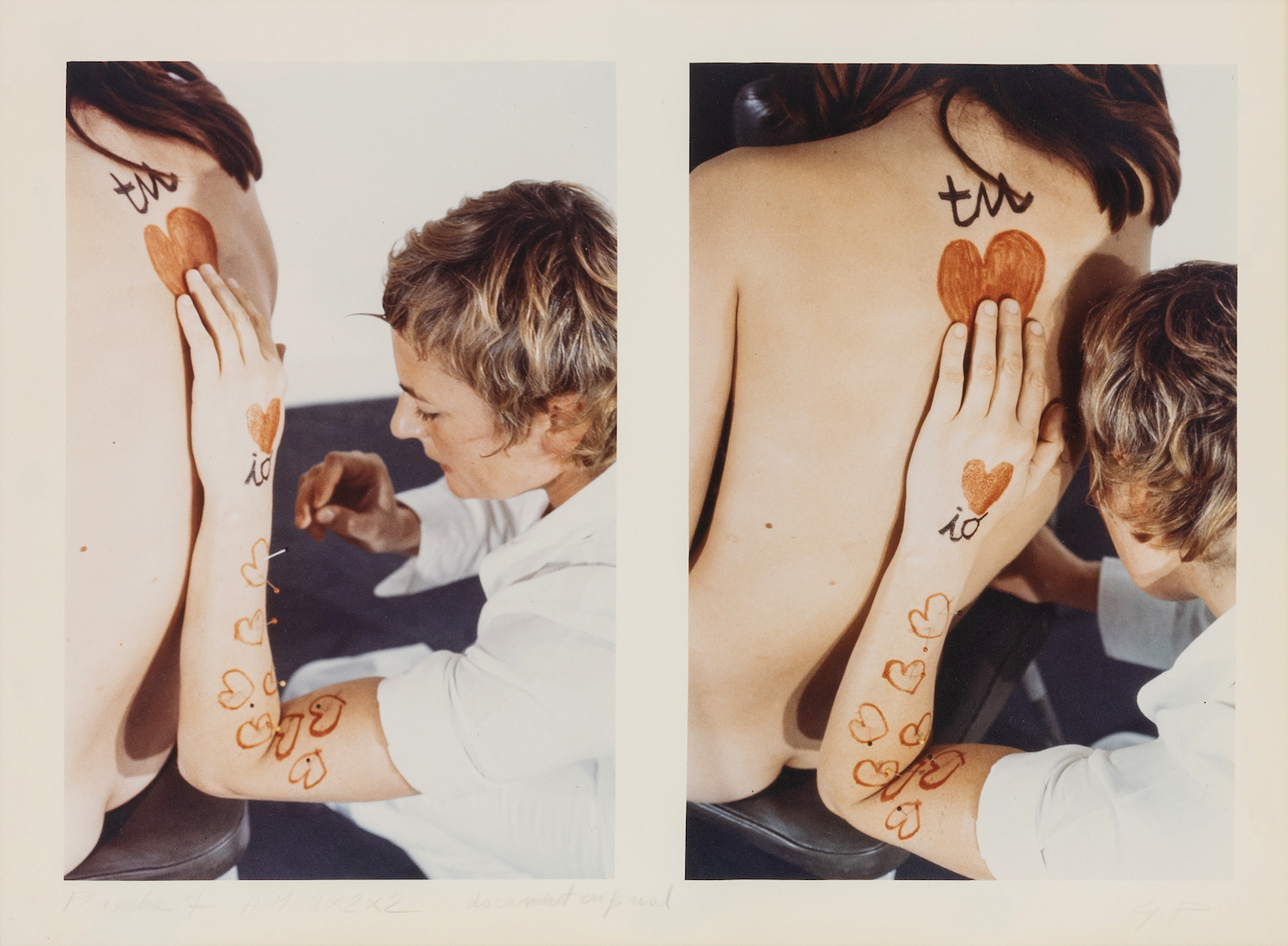
ESSERE DONNA
Il corpo come strumento di creazione e atto di ribellione
Curated by Maria Vittoria Baravelli and Annamaria Maggi
Project inspired by the life and words of Oriana Fallaci
5 March - 13 June, 2025
ESSERE DONNA
Il corpo come strumento di creazione e atto di ribellione
Curated by Maria Vittoria Baravelli and Annamaria Maggi
Project inspired by the life and words of Oriana Fallaci
5 March - 13 June, 2025

Text
«Essere donna è così affascinante. E un’avventura che richiede un tale coraggio, una sfida che non annoia mai. Avrai tante cose da intraprendere se nascerai donna. Per incominciare, avrai da batterti per sostenere che se Dio esistesse potrebbe anche essere una vecchia coi capelli bianchi o una bella ragazza. Poi avrai da batterti per spiegare che il peccato non nacque il giorno in cui Eva colse una mela: quel giorno nacque una splendida virtù chiamata disubbidienza. Infine avrai da batterti per dimostrare che dentro il tuo corpo liscio e rotondo c’è un’intelligenza che urla d’essere ascoltata.»
Oriana Fallaci in Lettera a un bambino mai nato (Rizzoli, Milano 1975).
Galleria Fumagalli presents the exhibition Essere Donna. Il corpo come strumento di creazione e atto di ribellione [Being a Woman. The body as a medium of creation and an act of rebellion].
Inspired by the words of Oriana Fallaci, curators Maria Vittoria Baravelli and Annamaria Maggi choose to exhibit works by artists such as Marina Abramović, Sang A Han, Annette Messager, Shirin Neshat, Gina Pane, and explain: «being a woman is not a gender, but a way of seeing the world, of experiencing conquest and loss on one’s own body».
Shirin Neshat, Marina Abramović, Sang A Han, Annette Messager, Gina Pane: each of them has converted their body into a battlefield where they can experiment with everything, where politics, life, blood, madness and fantasy intertwine in a continuous fight against conventions.
Being a woman, as Oriana Fallaci writes, «is an adventure that requires such courage, a challenge that never ends».
Throughout history, women’s bodies have been a contested territory, a symbol to be controlled, an idea to be regulated. These artists, rebellious and disobedient, have challenged the Manichaeism of the canon, breaking the cages imposed by patriarchy and tradition. They have refused to be passive objects and have transformed themselves into active subjects, using their bodies as a medium of resistance and expression, redefining what it means to be a woman.
Their works are like “a loaded rifle” as we learn from Emily Dickinson, ready to put us against the wall and make us rethink what we thought we knew. Fallaci writes: «To be a woman means to live on emotions, fears, pleasures, hopes, and desperations that men do not know».
Through art, these women force us to confront a new world, a world in which the body is not just a shell, but a powerful medium for knowing and transforming reality. Following Lea Vergine’s thought, the body is the place where people experience and feel everything, a bridge between the individual and the world, which cannot be ignored or denied. “Being a woman” is an act of rebellion, a continuous challenge against a system that limits and defines, but which these artists have been able to convert into an opportunity to redefine the boundaries of art and life.
The exhibition brings together iconic pieces of Body Art, such as “Thomas Lips” (1975-2002) by Marina Abramović (Belgrade, Serbia, 1946), a documentation of one of the most brutal performances during which the artist carves a pentacle on her abdomen with a razor in front of viewers who will put an end to the torture by taking her to the hospital, saving her, giving back the consideration and love expressed by the artist in the performance itself. And “Cicatrice de l’action” (1974-1975) by Gina Pane (Biarritz, France, 1939 – Paris, France, 1990) in which self-harm is an act of investigation of one’s own body, also through the experience of pain and markings on the flesh; therefore, it is an act of openness, ultimately of love, as well as an extreme attempt at introspection and spirituality.
The female body as a medium for spiritual research is also expressed through painting and sewing by Sang A Han (Seoul, South Korea, 1987): a body that is sensual and at the same time delicate and fairy-tale-like, and also a body – that of a mother – capable of creating life. The exploration of femininity has always been pursued by Annette Messager (Berck, France, 1943) in works such as “Mes Voeux” (1997) which, by combining photographs of various parts of the body, evokes a plurality of physical, psychological, sexual identities, which overlap and create an amalgam of relationships and experiences. The representation of identity is a core concept in the oeuvre of Shirin Neshat (Qazvin, Iran, 1957) that focuses on her native context: Iran. Among the most noted photographic series, “Women of Allah” investigates the female figure and its role in Iranian society after the Islamic revolution through self-portraits of delicate creatures, hidden by the veil but also forced to fight (rifles are notably present).
For all of them, the body is the medium through which they act, in life and in art.
Text
«Essere donna è così affascinante. E un’avventura che richiede un tale coraggio, una sfida che non annoia mai. Avrai tante cose da intraprendere se nascerai donna. Per incominciare, avrai da batterti per sostenere che se Dio esistesse potrebbe anche essere una vecchia coi capelli bianchi o una bella ragazza. Poi avrai da batterti per spiegare che il peccato non nacque il giorno in cui Eva colse una mela: quel giorno nacque una splendida virtù chiamata disubbidienza. Infine avrai da batterti per dimostrare che dentro il tuo corpo liscio e rotondo c’è un’intelligenza che urla d’essere ascoltata.»
Oriana Fallaci in Lettera a un bambino mai nato (Rizzoli, Milano 1975).
Galleria Fumagalli presents the exhibition Essere Donna. Il corpo come strumento di creazione e atto di ribellione [Being a Woman. The body as a medium of creation and an act of rebellion].
Inspired by the words of Oriana Fallaci, curators Maria Vittoria Baravelli and Annamaria Maggi choose to exhibit works by artists such as Marina Abramović, Sang A Han, Annette Messager, Shirin Neshat, Gina Pane, and explain: «being a woman is not a gender, but a way of seeing the world, of experiencing conquest and loss on one’s own body».
Shirin Neshat, Marina Abramović, Sang A Han, Annette Messager, Gina Pane: each of them has converted their body into a battlefield where they can experiment with everything, where politics, life, blood, madness and fantasy intertwine in a continuous fight against conventions.
Being a woman, as Oriana Fallaci writes, «is an adventure that requires such courage, a challenge that never ends».
Throughout history, women’s bodies have been a contested territory, a symbol to be controlled, an idea to be regulated. These artists, rebellious and disobedient, have challenged the Manichaeism of the canon, breaking the cages imposed by patriarchy and tradition. They have refused to be passive objects and have transformed themselves into active subjects, using their bodies as a medium of resistance and expression, redefining what it means to be a woman.
Their works are like “a loaded rifle” as we learn from Emily Dickinson, ready to put us against the wall and make us rethink what we thought we knew. Fallaci writes: «To be a woman means to live on emotions, fears, pleasures, hopes, and desperations that men do not know».
Through art, these women force us to confront a new world, a world in which the body is not just a shell, but a powerful medium for knowing and transforming reality. Following Lea Vergine’s thought, the body is the place where people experience and feel everything, a bridge between the individual and the world, which cannot be ignored or denied. “Being a woman” is an act of rebellion, a continuous challenge against a system that limits and defines, but which these artists have been able to convert into an opportunity to redefine the boundaries of art and life.
The exhibition brings together iconic pieces of Body Art, such as “Thomas Lips” (1975-2002) by Marina Abramović (Belgrade, Serbia, 1946), a documentation of one of the most brutal performances during which the artist carves a pentacle on her abdomen with a razor in front of viewers who will put an end to the torture by taking her to the hospital, saving her, giving back the consideration and love expressed by the artist in the performance itself. And “Cicatrice de l’action” (1974-1975) by Gina Pane (Biarritz, France, 1939 – Paris, France, 1990) in which self-harm is an act of investigation of one’s own body, also through the experience of pain and markings on the flesh; therefore, it is an act of openness, ultimately of love, as well as an extreme attempt at introspection and spirituality.
The female body as a medium for spiritual research is also expressed through painting and sewing by Sang A Han (Seoul, South Korea, 1987): a body that is sensual and at the same time delicate and fairy-tale-like, and also a body – that of a mother – capable of creating life. The exploration of femininity has always been pursued by Annette Messager (Berck, France, 1943) in works such as “Mes Voeux” (1997) which, by combining photographs of various parts of the body, evokes a plurality of physical, psychological, sexual identities, which overlap and create an amalgam of relationships and experiences. The representation of identity is a core concept in the oeuvre of Shirin Neshat (Qazvin, Iran, 1957) that focuses on her native context: Iran. Among the most noted photographic series, “Women of Allah” investigates the female figure and its role in Iranian society after the Islamic revolution through self-portraits of delicate creatures, hidden by the veil but also forced to fight (rifles are notably present).
For all of them, the body is the medium through which they act, in life and in art.
Installation views
Installation views

